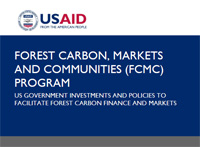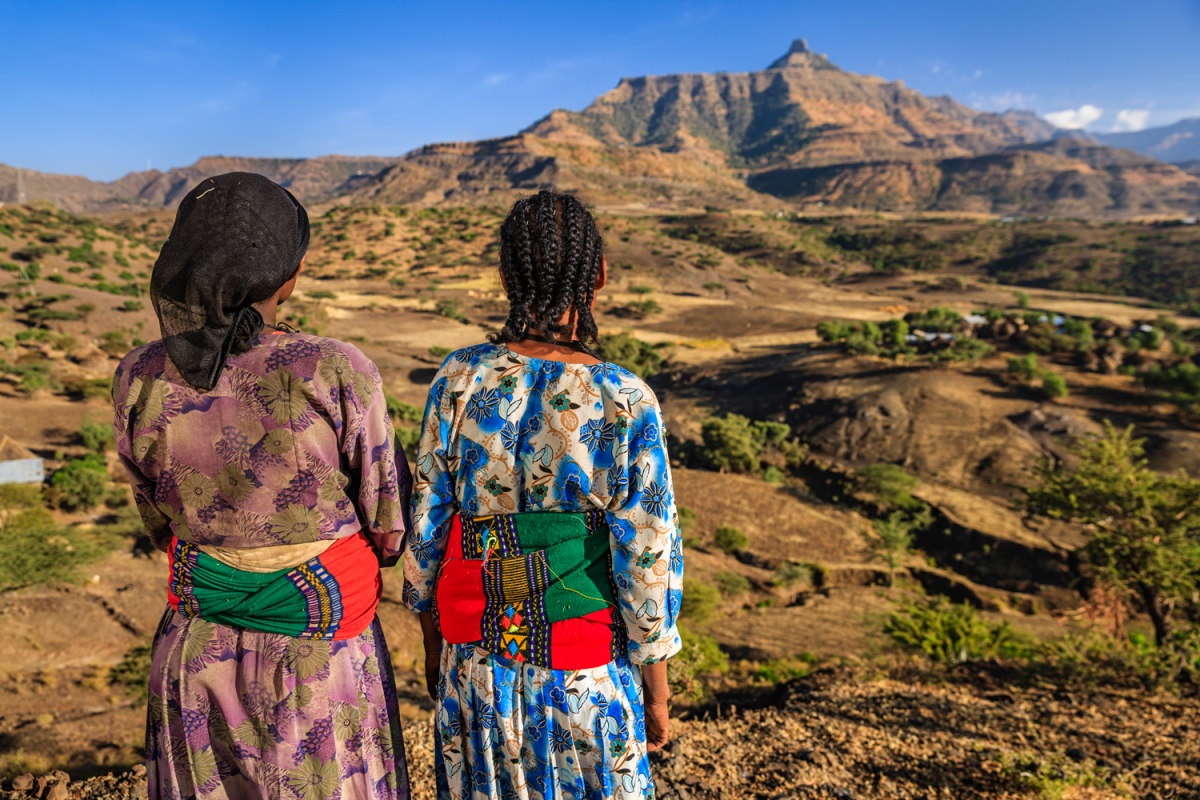US Government Investments and Policies to Facilitate Forest Carbon Finance and Markets
Forests are disappearing globally at an alarming rate. Huge amounts of emissions are released into the atmosphere as forests are cleared to make room for other forms of land use. Deforestation and forest degradation are the source of at least 15% to 20% of global greenhouse gas emissions (IPCC, 2007; Van der Werf, 2009).

Photo:
In response, in October 2010, the United States Government (USG) launched its strategy for Reducing Emissions from Deforestation and Degradation (REDD+) and increasing carbon sequestration in forests in developing countries. This has been followed by USAID launching its Climate Change and Development strategy in January 2012.
Both strategies support REDD+ as a method to combat global climate change because it protects ecosystem biodiversity and helps to preserve livelihoods and welfare of people in developing countries. The USG has pledged US$ 1 billion in “fast start financing” between 2010 and 2012 to support the development of REDD+, including assistance in promoting markets for REDD+.1
But meaningfully reducing global deforestation requires far greater investment and necessitates that the bulk of activities be funded with various forms of private capital. Annual investment in the REDD+ sector is currently below US$ 200 million, but the investments needed to reduce deforestation by 50% in 2030 are estimated to between US$ 17 - US$ 28 billion annually (Eliasch, 2008). The United States Agency for International Development (USAID) has contributed significantly to the creation and execution of the US REDD+ Strategy through global, regional and mission-based activities. USAID commissioned this report to identify how USG investments and policies could facilitate and



